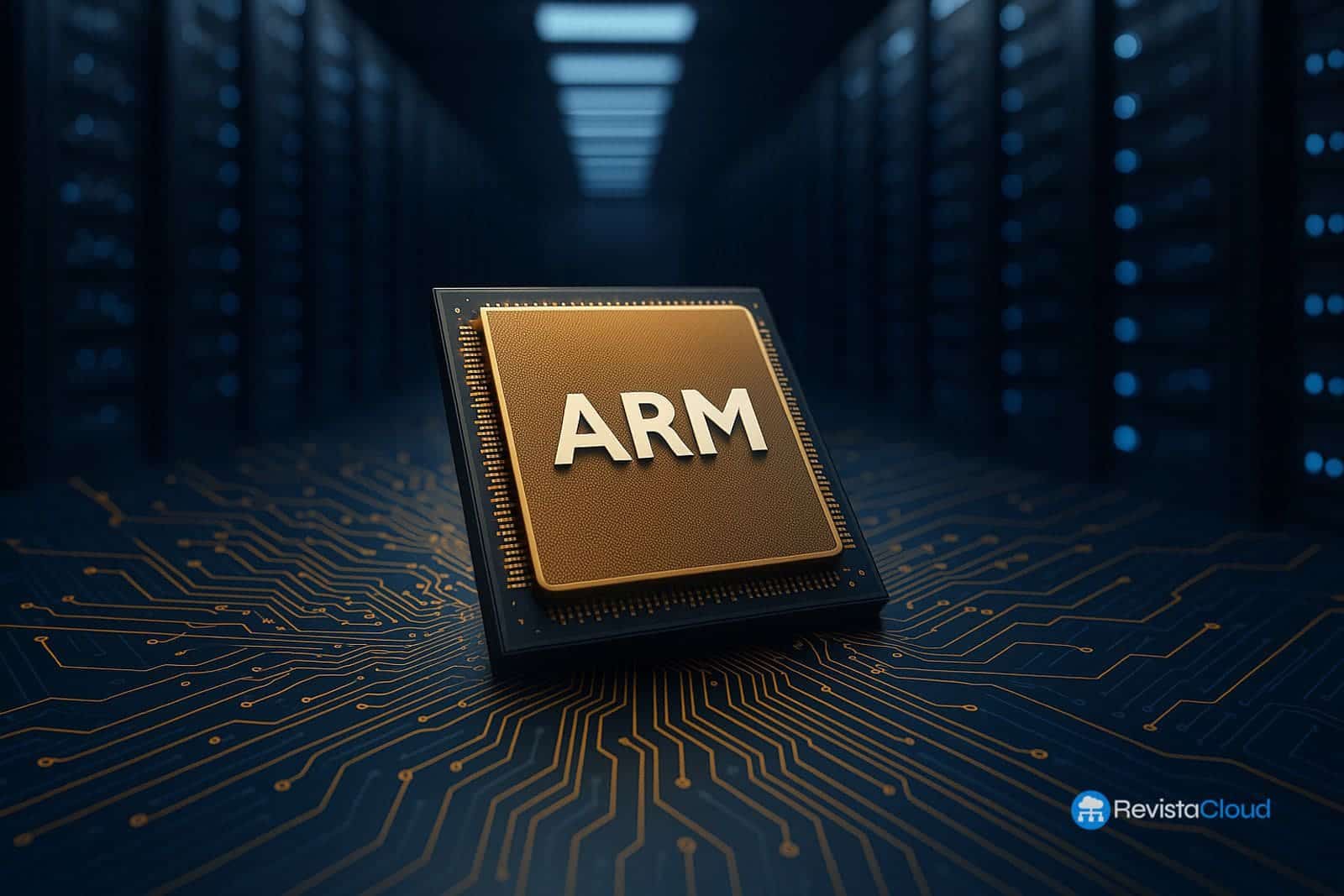The British company accelerates innovation in computational architecture, automotive software, mobile rendering, and open-source tools, strengthening its role as a key player in the global tech ecosystem.
In a month marked by advancements in artificial intelligence and the transformation of embedded software development, ARM has announced several key innovations that demonstrate its evolution as a comprehensive platform provider beyond just core IP design. From new naming strategies to progress in responsible AI and cutting-edge mobile graphics, June 2025 represents a stride forward in its vision of more scalable, efficient, and intelligent computing.
New Naming Architecture: Clarity for the Entire Ecosystem
One of the most notable announcements was the introduction of a new product naming strategy aimed at simplifying platform identification for developers and partners. Under names like Neoverse, Niva, Lumex, Zena, and Orbis, ARM categorizes by market segments (infrastructure, automotive, consumer, etc.) and performance levels (Ultra, Premium, Pro, Nano, Pico). This reorganization reflects the company’s shift toward a “platform-first” approach, tailored to a rapidly expanding ecosystem.
Yellow Teaming: A Methodology for Safer AI Assistants
With the increasing demand for reliable and secure language models, ARM elaborated on its Yellow Teaming approach—a proactive methodology for assessing and reinforcing the safety of AI assistants before deployment. Lead solution designer Zach Lasiuk highlighted that this practice enables the anticipation of failures, erratic behaviors, and vulnerabilities in large language models, protecting user integrity and reducing misuse risks.
ARM Neoverse Powers Autonomous Development with OpenAD Kit
In the automotive sector, the OpenAD Kit now supports ARM Neoverse platforms, enabling scalable, high-performance environments for autonomous driving software development. Odin Shen, solution architect at ARM, explained that this integration streamlines validation and simulation workflows in both cloud and edge settings, speeding up development cycles and facilitating faster deployment of software-defined vehicles.
Realistic Clothing Simulation on Mobile GPUs
ARM achieved a milestone in mobile graphics by developing a neural network-based clothing simulation optimized for Mali GPUs. Senior engineer Mina Dimova explained that the system employs a mobile-adapted graph attention network to replicate fabric behaviors—folds, collisions, draping—without heavy physical engines. This advancement allows for console-quality visual experiences on devices with limited thermal and power budgets, showcasing ARM’s potential to push rendering boundaries on smartphones and XR environments.
SOAFEE: Toward an Open, Software-Defined Automotive Ecosystem
The SOAFEE (Scalable Open Architecture for Embedded Edge) initiative, led by ARM and supported by over 150 partners, continues to gain traction as a standard in automotive software development. Suraj Gajendra, ARM’s VP of automotive products, stated that SOAFEE combines open standards, virtualization, and cloud-native tools to enable the creation of software-defined vehicles even before silicon is available.
Godot 4 and Vulkan: Open-Source Optimization with ARM Tools
The Godot Engine team, which recently integrated a Vulkan rendering engine into Godot 4, faced bottlenecks when porting to mobile. Using development tools like Arm Performance Studio, Streamline, and Mali Offline Compiler, key issues in 3D rendering were identified and resolved, significantly improving performance on ARM platforms. Clay John, head of rendering at Godot, emphasized how these tools have been instrumental in the open-source context.
New Performance Libraries and Compiler for Linux
ARM also released updated tools for Linux environments: Arm Performance Libraries 25.04 and Arm Compiler for Linux 20.0. These updates enhance mathematical operations, code portability, and high-performance workflows for cloud-native applications. Chris Goodyer, director of technology management, highlighted how these tools enable faster, more reliable execution on ARM hardware.
Understanding AI from the Ground Up: Tokenization
Finally, ARM published an educational video explaining tokenization—a fundamental step in how AI models interpret data. Covering everything from words to pixels, the content helps demystify how models transform raw information into actionable knowledge.
The innovations announced by ARM in June 2025 solidify its role not only as a CPU architecture designer but as a comprehensive enabler of innovation across AI, automotive, mobile graphics, and development tools. With a clear platform-oriented, security-focused, and energy-efficient strategy, the British firm reaffirms its commitment to a smarter, safer, and scalable future for developers and manufacturers worldwide.
via: ARM

